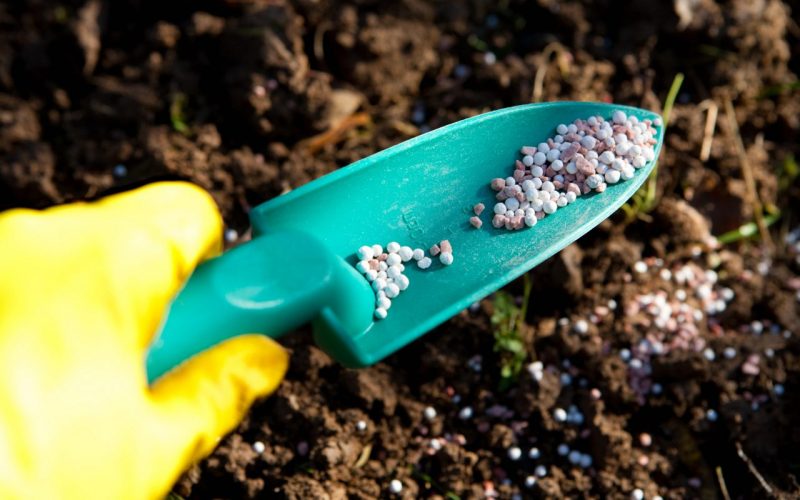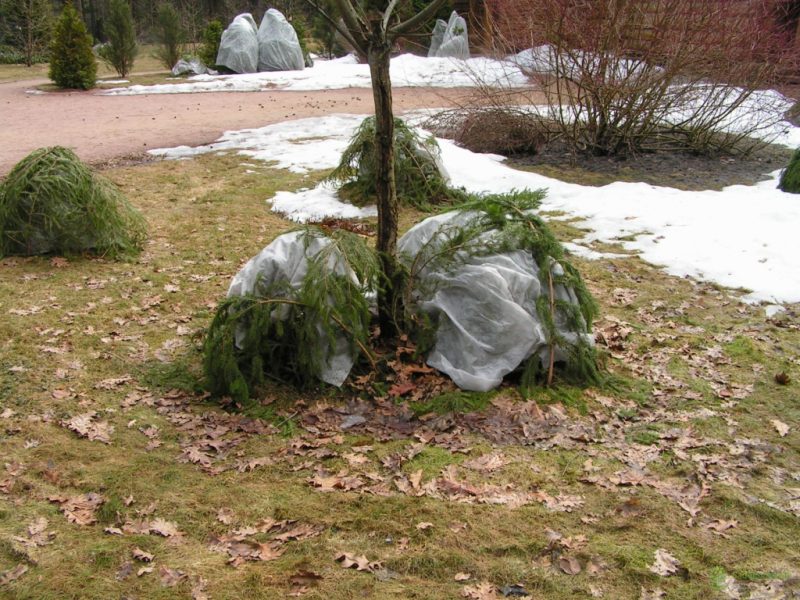Caring for roses in the fall, preparing for winter and proper pruning are important stages in the development of plants. If you do not carry out all these activities in the fall, then the roses may not overwinter and even die.
Material Content:
Features of caring for roses in the fall
The main task of every amateur gardener in the autumn in caring for roses is the proper preparation of bushes for the winter. It is important not to let the roses bloom magnificently, starting in mid-September, as flowering takes a lot of energy from plants. In the autumn, shoot growth should stop. For this, from the middle of the summer season, the composition of regularly applied fertilizers should be changed.
In September, roses still need watering, weeding, and loosening the soil around shrubs. But watering should already be moderate. Many varieties of roses do not fertilize in the fall, as top dressing reduces frost resistance of the bushes. Water the earth around the roots as they dry. If the autumn is dry, then you will have to water often, up to frosts.
Be sure to dry the rose garden before winter. This is especially important if wet autumn has stood out. Garden roses cover the craft with paper or dense covering material, laying on arcs.
Pruning flowers after flowering
Autumn pruning of roses after flowering is very important. Pruning roses for the winter is a must. The main reason for pruning is that it will make it easier to shelter bushes for the winter. This is especially important for tea hybrid varieties, as well as floribunda varieties.
The main purpose of pruning in the fall is to reduce the height of the bushes. Many gardeners advise pruning shrubs to a waning moon. It will not be superfluous to turn to the grower's calendar.
Cut the shoots about half - so they can easily be protected from frost.
There are certain rules for pruning roses, which should be strictly observed:
- cut shoots only at an angle;
- all weak shoots are removed to the base;
- use only a very sharp secateurs;
- All white shoots should be cut.
After trimming the sections, you need to treat with an antiseptic. So harmful microorganisms do not penetrate into the tissue of the bush.
Top dressing, weeding and coloring of trunks
For the last time during the season, roses are fed after pruning. But before applying fertilizers, at least two weeks should pass from the moment of trimming. After summer flowering, the bushes need to replenish the supply of nutrients, but top dressing, in no case should include nitrogen. The fact is that nitrogen fertilizers stimulate the growth of green mass, and this should not be allowed before wintering. Fertilizing roses in the fall is an indispensable stage of care that will help the flowers gain strength and survive the cold.
In autumn, fertilizers should be applied that contain phosphorus and potassium. These elements strengthen the roots of the bushes, and stop the growth of shoots.
Care for roses in September is a mandatory weeding and coloring of trunks. Microcracks are formed in the shoot bark over the summer, into which harmful microorganisms penetrate. You can use a special garden paint to paint the trunks. The barrel is stained just above the level of hilling. If there are defects on the shoots, it is necessary to cover them too.
Seasonal Processing
Although many varieties resistant to the emergence of diseases are now bred, autumnal treatment is still necessary before wintering. The best substance for protecting roses is iron sulfate. It is necessary to dissolve 300 g of the substance in 10 liters of water. Each bush is processed after the crystals are completely dissolved.
It is possible to use biological products for autumn treatments. In such compositions there are living microorganisms that suppress the pathogenic flora. You can use chemicals, as well as folk, such as ash. Leaves on bushes for the winter should be cut off, since pathogens of various diseases are populated in them.
How to cover roses for the winter
It is necessary to shelter roses for the winter, because these flowering shrubs are very afraid of frost and can die from the cold. This event should be taken with full responsibility.
First, all the leaves should be removed on the bushes. So you protect the roses from the spread of fungus. Then the soil in the rose garden should be dug up. In order not to damage the root system, you need to dig through the forks.
Then hilling is necessary. Spud only completely dry material. It can be loose earth, dry peat or even sand. First, earth is poured under the root, and then a mound is made of covering material. The height of the mound at the base of the shrub should be at least 20 cm. Cropped tea-hybrid roses, as well as varieties of floribunda, should almost completely disappear under the mound. So you save roses even in the most severe frost. Then from above the bushes are high up in garden soil.
The last stage is the construction of a shelter. The shoots are tied, and carefully laid on the soil. Now you need to securely hide the bushes from the frost. As a minimum, the shoot should be insulated with a layer of covering material with a thickness of 10 cm. A thicker layer can also be laid, which in the winter will only benefit roses. Do not be afraid, the shoots will not break and do not suffocate.
Shrubs can be covered with dry grass, spruce branches, brushwood or burlap. Any covering material that allows air to pass through is suitable.
But, if the region has a very harsh and long winter, then sheltering with covering material alone will not be enough. Have to build a special frame over each bush. In several layers, the frame should be insulated with cardboard or film.
If there are a lot of roses in the garden, then it is possible to use roofing material for their shelter.The bushes are simply covered with sheets, but first they should be bandaged and insulated with lapnik. On top of the roofing material, if the climate in the region is cold, you can throw a film.
For the winter, climbing roses must be bent to the ground, and put on top of the spruce branches. The base of the bush is covered with earth, and the bush itself is insulated with leaves or lutrasil. You can put kraft paper on top.
If the bush is no more than a year old, then it should be covered with special attention. Winter for young roses is a real challenge. In this case, in no case can you save on covering materials.
A wonderful helper in the shelter is snow. They can additionally throw bushes.
Timing Shelter
It is important that the roses survive the cold well and come to life in the spring, not just to wrap them correctly for the winter, but also to do it on time. Usually in the middle lane this procedure is carried out by gardeners at the end of October. At earlier times it is dangerous to cover the bushes, as they can mate. Due to the elevated temperature, the root system will continue to develop and the stems will grow. Also at the very beginning of autumn, especially if the weather is wet, the soil will be too wet, which can cause rotting of the root system.
The best time for sheltering roses will tell you the average daily air temperature. If during the week the air temperature keeps on average about -5 degrees, it's time to wrap up the rose bushes.
In order for the flower queen to winter without loss and bloom lushly for the next season, it is important to properly care for the roses in the garden in the fall. Having prepared rose bushes for wintering, you will help your darlings survive the cold, and in the spring they will start to grow again.



















